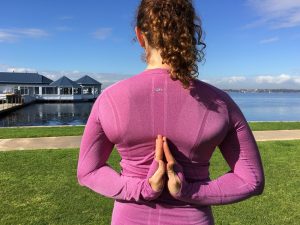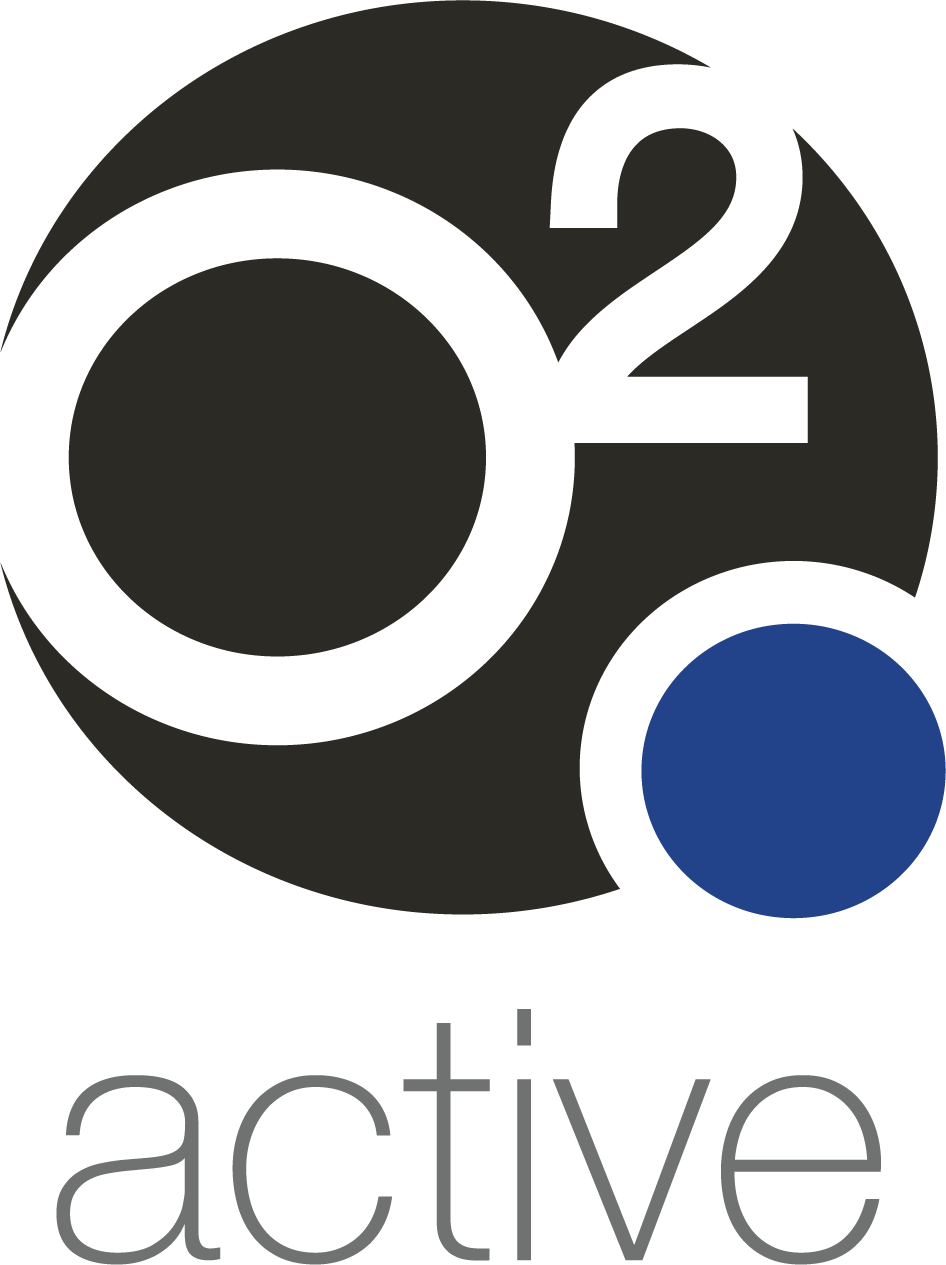 Article by Jessica Darmago, AEP
Article by Jessica Darmago, AEP
Sitting – The Silent Killer?
Prolonged periods of sitting can be linked to many adverse health effects, increasing the risk of diseases such as obesity, heart disease and early mortality (ref 1).
Occurrences of low back pain has increased due to the rise of technology and computer use, particularly in workplace settings where the total amount of sitting can exceed over 80% of the working day for office workers (ref 2).
An hour of intense physical activity alone cannot fully compensate the negative effects of sitting all day (ref 3). Therefore, it is important to find strategies to break up prolonged sitting periods.
Why should we stand?
Recent studies show that intermittent bouts of standing during the work day can decrease chronic low back pain (ref 4) and increase total energy expenditure (ref 5) – which can assist in lowering negative health risks such as obesity. Standing desks have also been shown to improve mental wellbeing and productivity. A study compared two groups of university staff workers: one group stood for 20-30 minutes each hour during their workday, whilst the other group did not. The standing group reported an increase in productivity, mood and also decrease in stress compared to the sitting group (ref 6).
Quick Tips on using a Standing Desk
The Set Up – Maintaining Good Posture:
- Set arms at 90 degrees
- Wrists in a neutral position
- Computer monitor at eye level
- Wear comfortable and supportive footwear
Sit-Stand Intervals
- Find an interval of sitting to standing that is comfortable for you. For example, you can try 30 minutes seated, 30 minutes standing
Shift your Weight
- Occasionally shift your weight from leg to leg. Contracting the muscles in your leg which assists with pumping the blood through the body
Take Breaks and Stay Active
- Take a quick minute to stretch your neck, arms, shoulders and roll your ankles
At O2 Active our Exercise Physiologists can assess your sitting/standing posture and create a specific exercise program to help you achieve your goals and improve your wellbeing. You can join one of our many classes such as Yoga, Pilates and HIIT Bootcamps. It’s never too late to make a positive health change, so take a stand for your health!
References:
- Wilmot, E. G., Edwardson, C. L., Achana, F. A., Davies, M. J., Gorely, T., Gray, L. J., … & Biddle, S. J. (2012). Sedentary time in adults and the association with diabetes, cardiovascular disease and death: systematic review and meta-analysis.
- Straker, L., Abbott, R. A., Heiden, M., Mathiassen, S. E., & Toomingas, A. (2013). Sit–stand desks in call centres: Associations of use and ergonomics awareness with sedentary behavior. Applied ergonomics, 44(4), 517-522.
- Peddie, M. C., Bone, J. L., Rehrer, N. J., Skeaff, C. M., Gray, A. R., & Perry, T. L. (2013). Breaking prolonged sitting reduces postprandial glycemia in healthy, normal-weight adults: a randomized crossover trial–. The American journal of clinical nutrition, 98(2), 358-366.
- Ognibene, G. T., Torres, W., von Eyben, R., & Horst, K. C. (2016). Impact of a sit-stand workstation on chronic low back pain: results of a randomized trial. Journal of occupational and environmental medicine, 58(3), 287-293.
- Thorp, A. A., Kingwell, B., Sethi, P., English, C., Owen, N., & Dunstan, D. W. (2013). Effects of intermittent standing bouts during the workday on energy expenditure in desk-bound office workers. Obesity Research & Clinical Practice, 7, e38-e39.
- Schafer, M. A., Crandall, K. J., Lyons, T. S., Edens, K., Blankenship, L., Shaker, N., & Vondy, R. (2018). Impact Of Sit-stand Workstation Progressions On Stress, Focus, And Productivity In University Staff Members: 2899 Board# 182 June 1 2. Medicine & Science in Sports & Exercise, 50(5S), 716.
